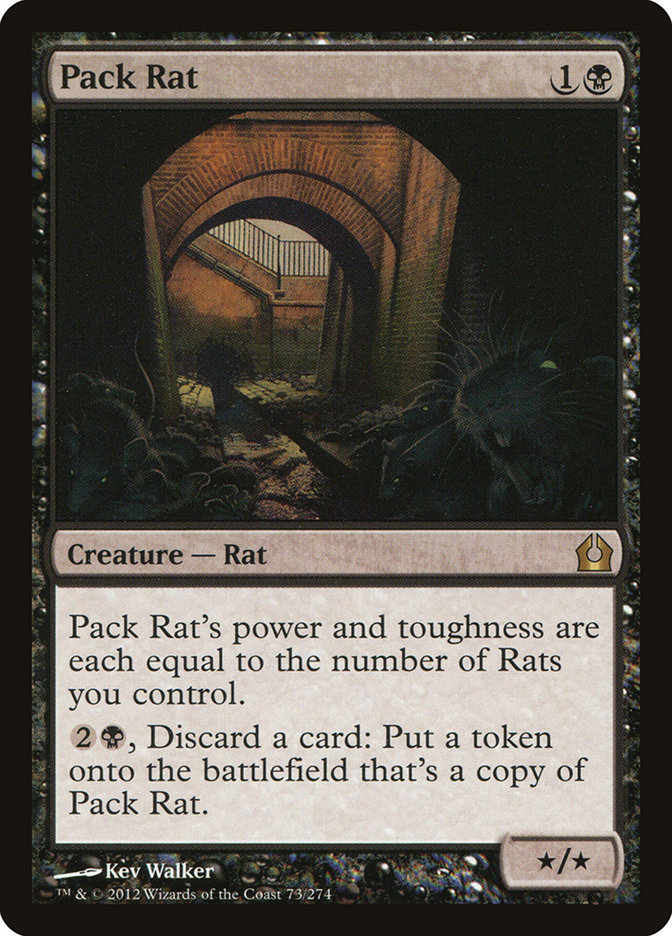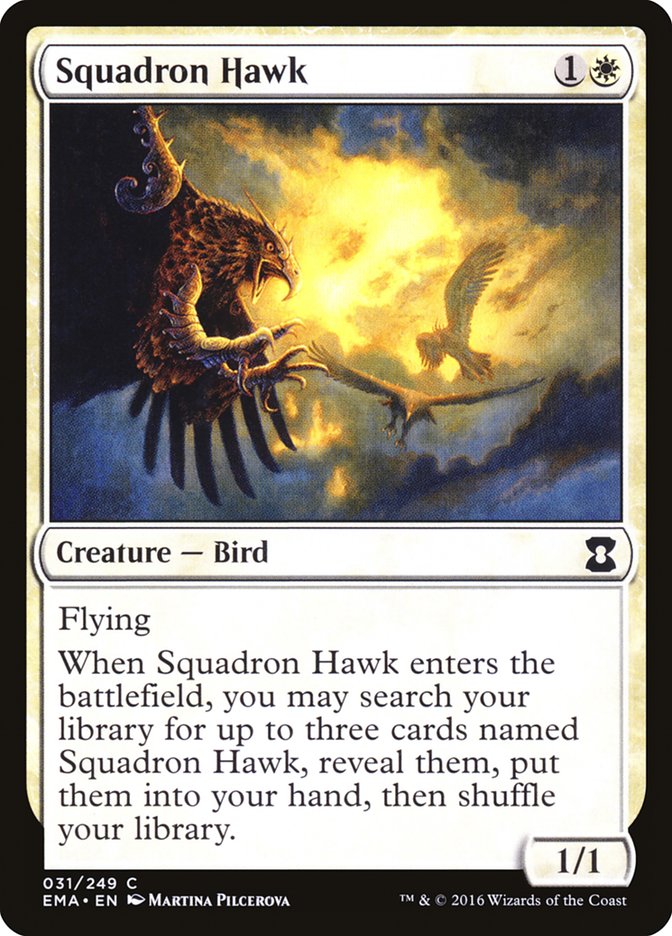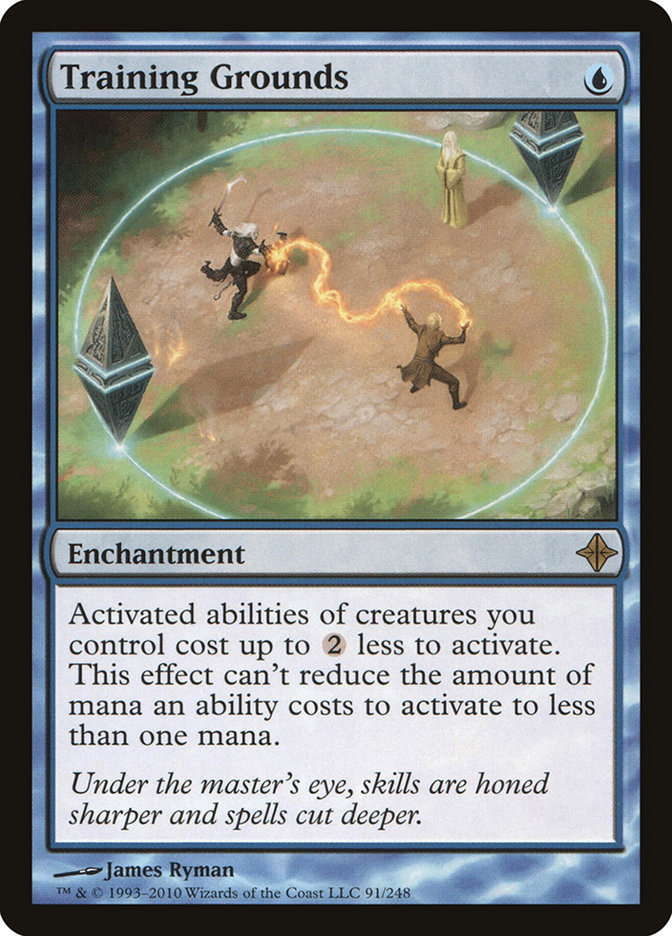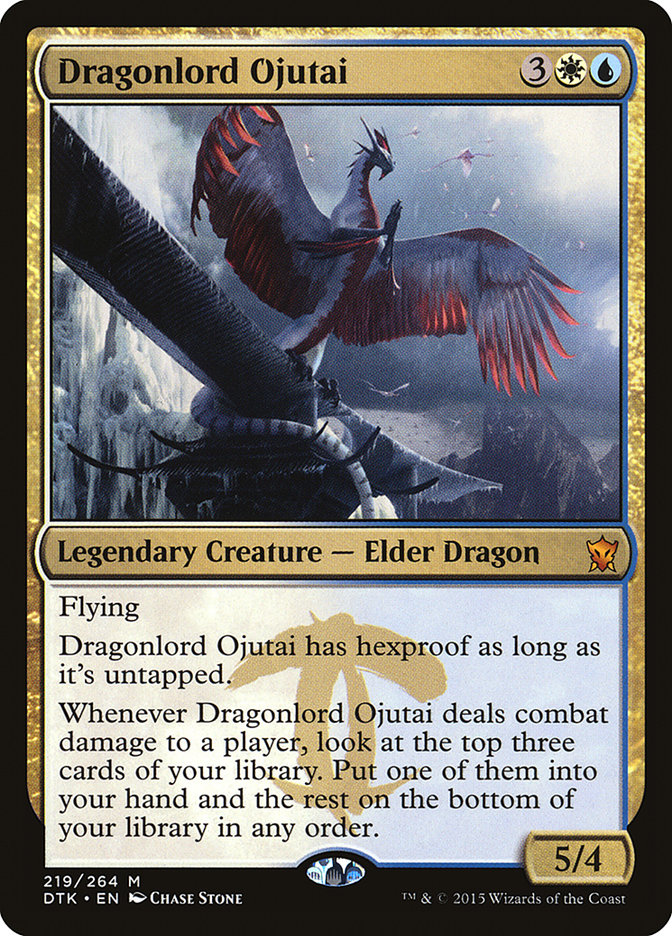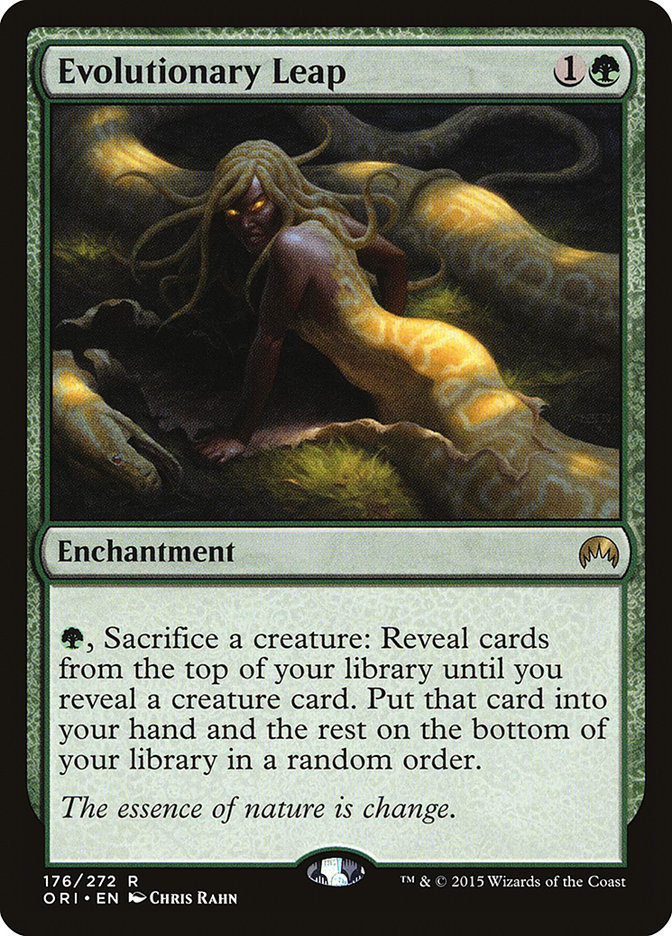There have been a variety of conflicting narratives when it comes to Kaladesh Standard.
“It’s a two-deck format.”
“W/U Flash is unplayable.”
“Aetherworks Marvel is oppressive.”
Who is right and who is wrong?
The truth is that there may not necessarily be a definitive answer for this specific lens of Standard.
Perhaps the most important skill to cultivate is understanding what makes a deck truly great, especially in the context of Standard.
This has value for a variety of reasons: if we can identify many of the characteristics that pervade the best decks throughout the recent history of Magic, than it becomes easier to emulate those qualities in deck building for the future. Further, it helps to quickly establish why specific strategies are winning, and the importance of pursuing and improving them while retaining their inherent strengths.
The Advent of Midrange
Take a look at this list of both recent and iconic decks that have been heralded as “the best” in their respective eras:
Faeries
Caw-Blade
Bant Company
G/W Tokens
Four-Color Rally
While you may argue that Faeries and Caw-Blade may slant somewhere on the scale towards control or that Four-Color Rally was fundamentally a combo deck, I would ultimately disagree.
Creatures (28)
- 4 Nantuko Husk
- 4 Elvish Visionary
- 3 Grim Haruspex
- 3 Sidisi's Faithful
- 4 Jace, Vryn's Prodigy
- 3 Catacomb Sifter
- 4 Zulaport Cutthroat
- 3 Reflector Mage
Lands (24)
Spells (8)

The modern era of Magic is truly about midrange decks. While strictly aggressive and controlling decks certainly have the ability to be successful, or perhaps even be the objectively highest-percentage choice based upon the particular weekend or movement in a metagame, they are often far narrower and inherently weaker decks than their midrange counterparts.
On a micro level this has a lot to do with planeswalkers specifically (which I cover to some extenthere), but overall the reality is that midrange decks tend to have greater depth and afford much more strategic flexibility than their more polarized counterparts.
This coupled with the fact that design philosophy has made Magic a game about getting on the battlefield tends to create environments where midrange decks ultimately rise to the top year after year.
Even more specifically though, there are many midrange decks that aren’t successful. What are the fundamental qualities that define the best decks in Magic?
They Are Nonlinear
When I say that midrange decks often “afford more strategic flexibility,” this is largely what I mean. It is also what I view as the most important quality of a best deck.
Depending on the draw or opponent, best decks can often switch between aggressive and defensive stances seamlessly, while also being difficult to attack directly due to their flexibility and range of cards.
Faeries and Caw-Blade were famous for this concept and are for many the first real exposure to this principle in Magic. Their ability to turtle up and control the battlefield before pouncing on their opponent with a quick clock and huge surges of tempo were their largest assets.
Recently, I claimed that Four-Color Rally was a “creature deck first and a combo deck second.” Killing an opponent or simply accruing a glut of cards with my creatures was always my first interest before the deck’s namesake. The fact that a deck with 26 creatures could boast that it was the least afraid of removal is a powerful claim.
This nonlinearity is often a huge boon in sideboard construction and typically gives these powerful midrange decks the ability to create cohesive plans that attack the metagame directly. Gerry Thompson and G/W Tokens became fairly famous for this in the later stages of its respective format. It is incredibly difficult to attack a deck that can effortlessly curve with you while having a far more powerful late game.
If we take a look at our current “two-deck format,” how do W/U Flash and B/G Delirium compare? Not particularly well. W/U Flash is often at the mercy of flooding and can often end up in inefficient exchanges that leave it little room to leverage the deck’s aggression before falling flat in the late-game.
B/G Delirium has a very powerful end game utilizing Emrakul, the Promised End, but it tends to fall into a consistent play pattern of “turtle up behind Ishkanah, Grafwidow to buy time.” While often effective, it is certainly exploitable.
They Scale with Experience
Of course, theoretically every deck in Magic becomes better the more its pilot is experienced with their deck. If you prefer an inverse phrasing: they are difficult to play against.
The nonlinear nature of the best midrange decks asks both a lot of the pilot and their opponents. In a world where two players are playing “correctly,” they should be assuming two different roles at a fixed point in the game. That being said, based on any change as subtle as a draw step, the nature of the game might change to the point where both players have to quickly adapt.
We often phrase this dynamic in terms such as “What is relevant right now?” It really all comes down to the original philosophy of “Who’s the beatdown?”
The best decks literally control the flow of the game and ask their opponents to shift appropriately or they will be buried under whatever metric is currently most important, whether raw cards or tempo leveraged into aggression.
While they may not even be conscious of precisely what they’re doing, the best players of the best decks are great at understanding who is ahead on the battlefield and how to adapt at the appropriate times to put their opponents in aggressive squeezes or slow the game down to leverage the traction they’ve generated.
We often have a very shallow view of this strategic concept on a turn-by-turn basis due to how difficult it can be to recognize, but if you’ve ever been barely inched out in a tight game where both players were required to manage their life totals carefully, you were probably beat by an adept pilot of a good deck.
They Both Catch Up and Close Quickly
It may now be apparent that these attributes naturally build upon each other. The best decks are incredibly punishing because one critical turn cycle or an inaccurate judgement of one situation might be all the reprieve needed for a player to gain a stranglehold on the game. From that position, they often never let go before ending the contest relatively quickly.
Examples can either be dramatic: Crux of Fate leading into Dragonlord Ojutai or Collected Company hitting a Reflector Mage…
…or subtle: an opponent not attacking into five mana when you don’t have Archangel Avacyn.
Being “incorrect” in navigating a single turn may be all it takes for the best deck to successfully shift roles and put the game out of reach. They often have dramatically powerful cards that simultaneously catch up and build towards closing the game.
Decks that have little ability to catch up from dire situations (W/U Flash) or the inability to leverage a winning position (my Modern Grixis Control deck) have massive holes that prevent them from being truly great.
They Combine Individually Powerful Cards with Synergy
Finally, there’s the key difference between “a midrange deck that is simply casting the most expensive card available to them every turn” and the best decks.
Not to knock on the importance of efficiency, but oftentimes midrange decks are simply interested in scaling up the curve with the most powerful card available on that turn and hoping to bury their opponent in raw card quality.
Again, there are varying degrees of synergy, from “let’s play the absolute best creatures that cost three or less” to “going near-infinite with Evolutionary Leap and Hangarback Walker,” but the point is that the strategy as a whole is cohesive and cards build upon each other while still oozing individual quality.
The raw power of recent midrange engines has often been an argument or even complaint that control decks are dead. When Tireless Tracker can accrue more card advantage while also attacking and blocking than any blue spell, sometimes it is difficult to argue.
Let’s revisit current Standard. How do B/G Delirium and W/U Flash hold up to this argument?
There certainly are some small synergies present in both decks – Archangel Avacyn and Selfless Spirit are quite an effective combo, but this is something that incidentally has to come together.
Delirium as a whole synergizes with enablers like Grapple with the Past, Vessel of Nascency, and Liliana, the Last Hope.
That being said, are these decks trying to accomplish anything other than casting their best spell every turn? I would argue that they aren’t. Although the two decks represent largely opposite ends of the spectrum, they are fairly linear. Powerful, perhaps, but linear.
The Big Picture
What about Aetherworks Marvel? Jacob Baugh won the Season Three Invitational with a well-positioned list for the mirror in a Top 8 with four other Aetherworks decks.
Creatures (12)
Planeswalkers (6)
Lands (20)
Spells (22)

Aetherworks Marvel has evolved from an all-in combo deck to a midrange deck built to prey upon the prevalence of B/G Delirium. The reality is that I believe it to just be the best deck in the format.
How does Aetherworks stack up to what we’ve outlined today?
Not only can Aetherworks simply execute with its namesake and a nigh-unbeatable draw, but it can also play well defensively, utilizing the Delirium enablers and Ishkanah, Grafwidow alongside removal spells and life gain.
If one oversideboards to compensate for the energy-enabling plan, Aetherworks can simply win with planeswalkers or various attacks from Spiders and Angels. The deck can easily shave on Aetherworks Marvel and Woodweaver’s Puzzleknot and function properly due to how many of the energy-generating cards are in the deck just to play Magic naturally.
This nonlinear nature makes Aetherworks incredibly difficult to play and sideboard against. A pilot who realizes they can gain edges in their sideboard configurations can set an opponent up to not play Magic against their fair plan built around interacting or their ability to function primarily as a combo deck.
I can’t think of a single Standard card in the last five years that turns a game on its head as quickly as Emrakul, the Promised End.
Finally, the deck plays the two most powerful creatures in the format, the best enabler, a tutor, and planeswalkers and functions as a combo deck simultaneously with Aetherworks Marvel.
Wrapping Up
Is it my intention to hype up Naya Aetherworks as some unbeatable monstrosity? Of course not. Rather, the takeaway here should be that, through analysis of the deck and the format that it resides in, it should be no surprise that Jacob won the Invitational. His deck is fundamentally great.
Understanding the qualities that make that a reality are the key to improving both your deckbuilding and technical play.


